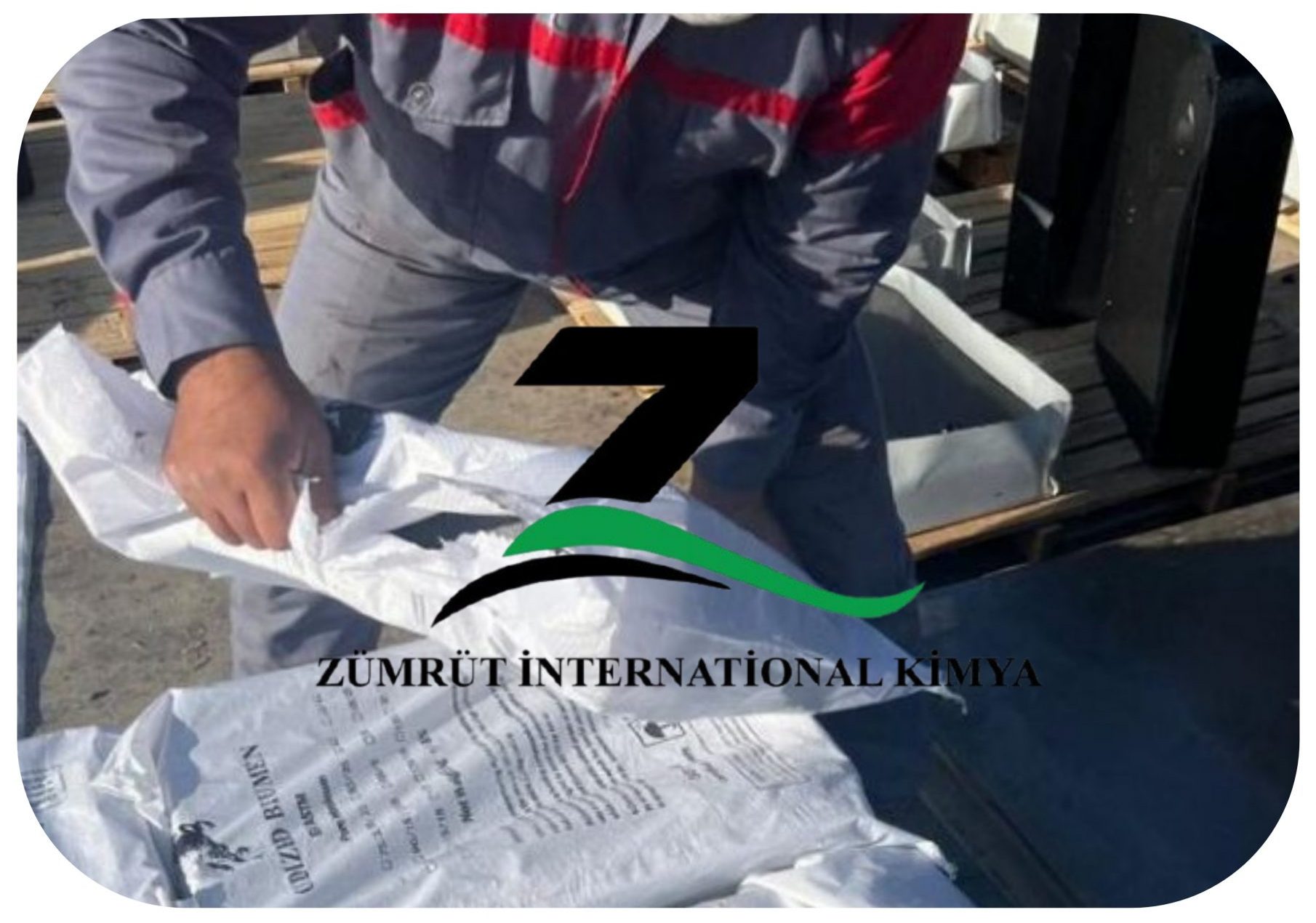
What is Oxidized Bitumen 105/35?
Blown Asphalt 105/35 or Oxidized Bitumen 105/35 is a semi-solid air-blown bitumen produced by blowing air into hot bitumen under high temperatures. The process enhances its heat resistance, rigidity, and chemical stability, making it ideal for application in industrial and construction ventures where strength matters in the long run.
Applications
Applications of Blown Bitumen 105/35 with brief descriptions:
- Pipeline coatings: Protects pipelines from weathering and corrosion by forming a tough, watertight covering.
- Asphalt membranes: Functions as a watertight barrier in road building and roofing for water exclusion.
- Roofing felts: Provides waterproof and weather-resistant coatings for roofs, improving durability.
- Tile bonding: Acts as an adhesive layer to strongly bond tiles during construction.
- Laminated boards: Used as a binding agent to impart strength and water resistance to laminated wooden boards.
- Insulation electrical: Imparts heat-resistant and non-conductive properties to insulate electrical wires efficiently.
- Sealants for joints and saw cuts: Seals gaps and joints in concrete or materials to keep water out and away from causing damage.
- Waterproofing applications: Provides an acceptable waterproof barrier to foundations, basements, and other buildings.
- Usage in hot environments: Resists heat stress, and does not melt or change shape when hot.
- Industrial adhesives: It is a good adhesive for many industrial applications of bonding since it is sticky and resistant.
How It’s Made
Oxidized Bitumen 105/35 is produced through blowing air upon heating penetration-grade bitumen within the temperature range of 240°C to 320°C. Oxidation modifies the chemical structure, stiffening it as well as developing temperature resistance. The resultant is a very stable and less deforming bitumen, either being produced in batches or continuous processes for ensuring definite quality.
105/35 vs 90/40 – What’s the Difference?
| 90/40 | 105/35 | Feature |
|---|---|---|
| Lower (~90°C) | Higher (~105°C) | Softening Point |
| Higher (More Flexible) | Lower (Stiffer) | Penetration |
| Roofing, general waterproofing | Hot climates, pipe coatings | Ideal Use |
| High | Moderate | Flexibility |
Related Post
|
Oxidized Bitumen 90/40, or blown asphalt, is a semi-solid industrial bituminous product resulting from air-blowing hot air over penetration bitumen (most typically 60/70 grade). The softening point of the bitumen is increased and its penetration value decreased through this process, so that the material can be utilized in applications requiring high heat resistance, water-resistance, and hardness. |
Storage & Safety
To maintain its good condition, the bitumen needs to be kept in dry, shaded areas ideally in insulated tanks to retain its workability. The use of safety gear—gloves, eyewear, and masks—is required when using. Tools are disinfected with kerosene or industrial solvents, while the product is kept stable for 10 years with storage.
Packaging Options
Oxidized Bitumen 105/35 comes in a range of packaging forms to suit varying transportation and application requirements. They are packaged in 25 kg heat-resistant polyamide bags, kraft bags with anti-stick lining, and 200 kg steel drums for bulk purchases. All the options guarantee product integrity during transportation and storage.
Why Use Oxidized Bitumen 105/35?
This bitumen quality offers greater thermal stability, water tightness, and chemical resistance and is therefore ideal for industrial and construction high-performance uses. Its extended life adhesion, green production process, and low maintenance needs make it ideal to apply in long life and trustworthy bitumen uses.
Specification of oxidized bitumen 105/35
| Bitumen 105/35 | Test method | Unit | Specification |
|---|---|---|---|
| Specific gravity @25/25 C | ASTM D70 | (Kg/m3) | 1.05 approx. |
| Penetration @ 25°c | ASTM D5 | mm/10 | 30/40 |
| Softening point °c | ASTM D36 | °C | 100/110 |
| Loss on heating(wt) % | ASTM D6 | Wt. % | 0.2 max |
| Flashpoint c | ASTM D92 | °C | 250 min |
| Solubility is CS2(wt) % | ASTM D4 | Wt. % | 99.5 max |
| Specific gravity @25/25 C | ASTM D70 | (Kg/m3) | 1.05 approx. |
FAQs
1. Can Oxidized Bitumen 105/35 be recycled?
Yes, oxidized bitumen is recyclable. It can be reprocessed for use in industrial and construction applications.
2. How is Blown Asphalt 105/35 transported safely?
It is packed in heat-resistant and durable packaging, such as 25 Kg Polyamide Bags, Craft Bags, or Steel Drums, ensuring safe and efficient transportation.
3. Does Oxidized Bitumen 105/35 have a shelf life?
Yes, when stored properly under dry and sheltered conditions, it has a shelf life of up to 10 years.
4. Can Blown Asphalt 105/35 be used in cold climates?
While it is primarily designed for high-temperature applications, it also performs well in cold climates due to its flexibility and resistance to cracking.


